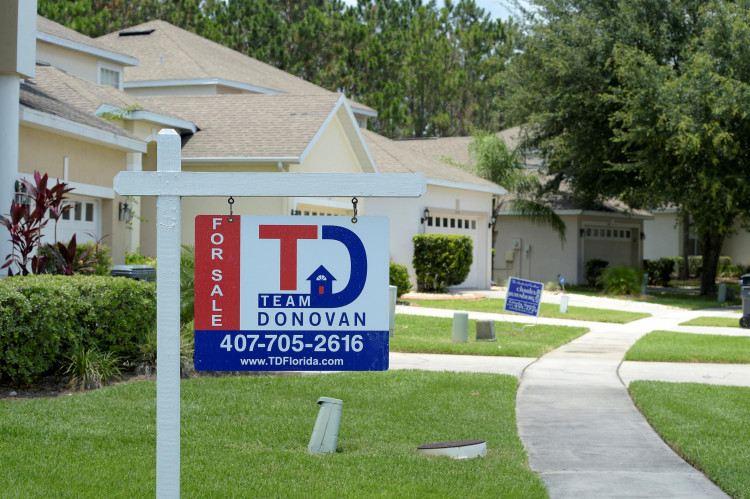U.S. existing home sales fell 0.5% in April from March to a seasonally adjusted annual rate of 4 million units, according to data released Thursday by the National Association of Realtors. It was the lowest April sales pace since 2009, extending a sluggish trend in a spring season typically known for stronger housing activity.
Sales were down 2% compared with the same month a year ago and fell short of economists' expectations for a 2.7% monthly gain. The numbers reflect contracts likely signed in February and March, before mortgage rates moved higher again in April.
"Home sales have been at 75% of normal or pre-pandemic activity for the past three years, even with seven million jobs added to the economy," said Lawrence Yun, NAR's chief economist. "Pent-up housing demand continues to grow, though not realized. Any meaningful decline in mortgage rates will help release this demand."
Inventory climbed sharply, rising 9% from the previous month and 20.8% from April 2023. Total inventory reached 1.45 million homes at the end of the month, equivalent to a 4.4-month supply at the current sales pace. That's the highest level in five years, though still below the six-month level considered a balanced market.
"Affordability condition is clearly hurting the market, particularly higher mortgage rates," Yun said.
The median sale price of an existing home in April was $414,000, up 1.8% year-over-year-a record for the month, but the slowest price appreciation since July 2023. Prices declined in the South and West.
"At the macro level, we are still in a mild seller's market," Yun said. "But with the highest inventory levels in nearly five years, consumers are in a better situation to negotiate for better deals."
Homes stayed on the market an average of 29 days, compared to 22 days a year earlier. First-time buyers made up 34% of sales, roughly flat from April 2023.
Cancellation rates also rose, with 7% of buyers backing out of deals, up from the recent average of 3% to 4%.
Sales diverged by price bracket. Transactions for homes priced above $1 million increased nearly 6% year-over-year, while those between $100,000 and $250,000 fell just over 4%. "I think that is partly due to the stock market shakeout that has occurred," Yun said.






